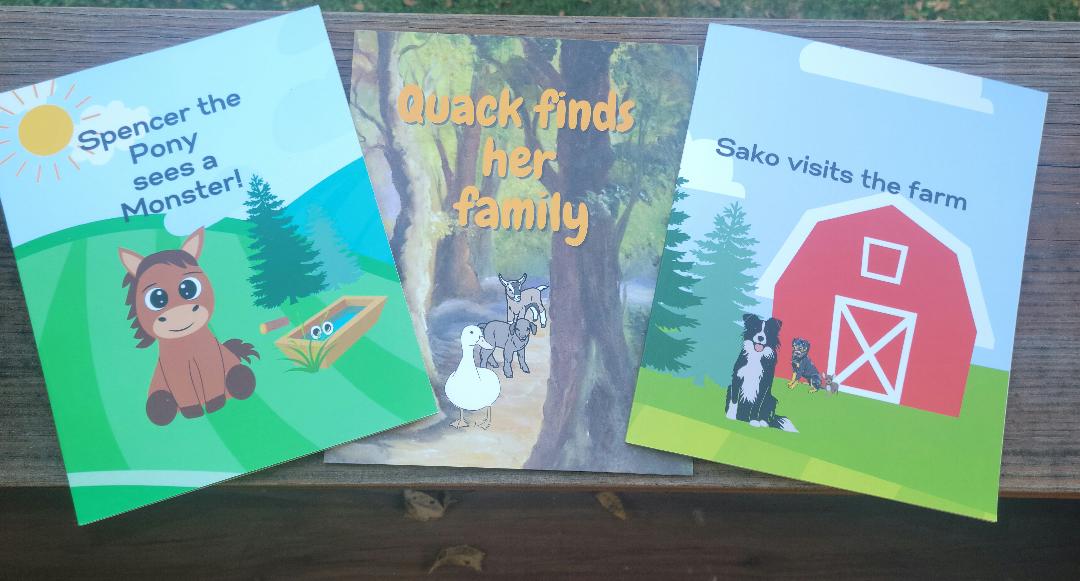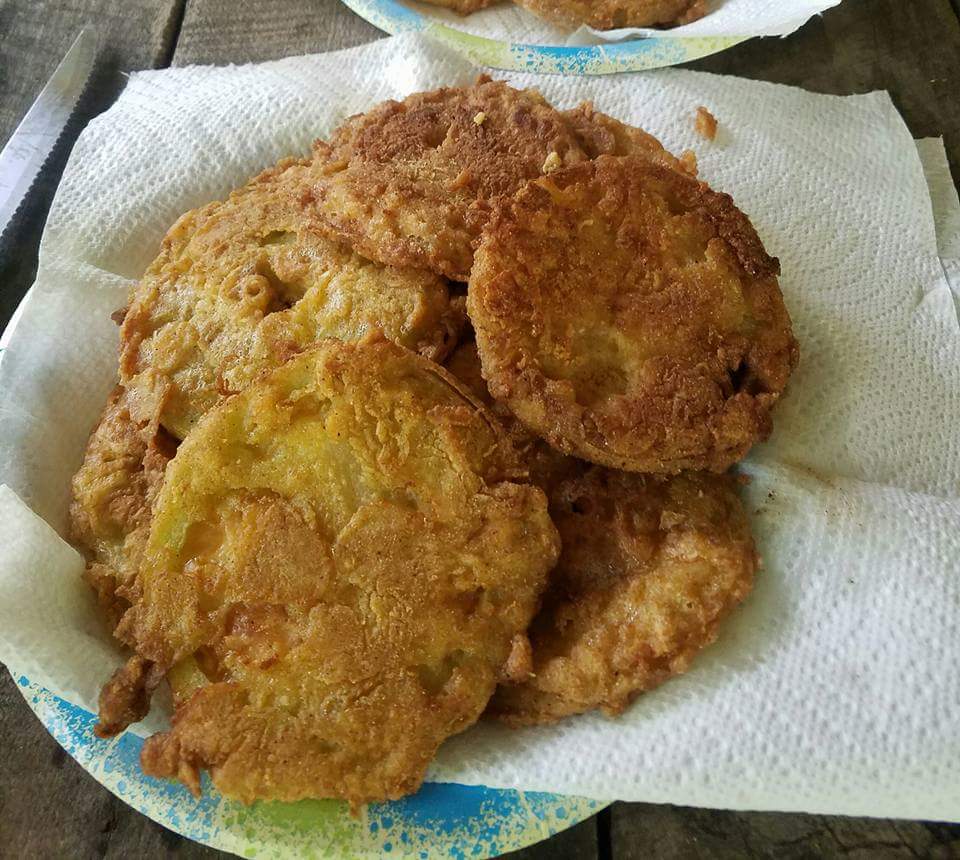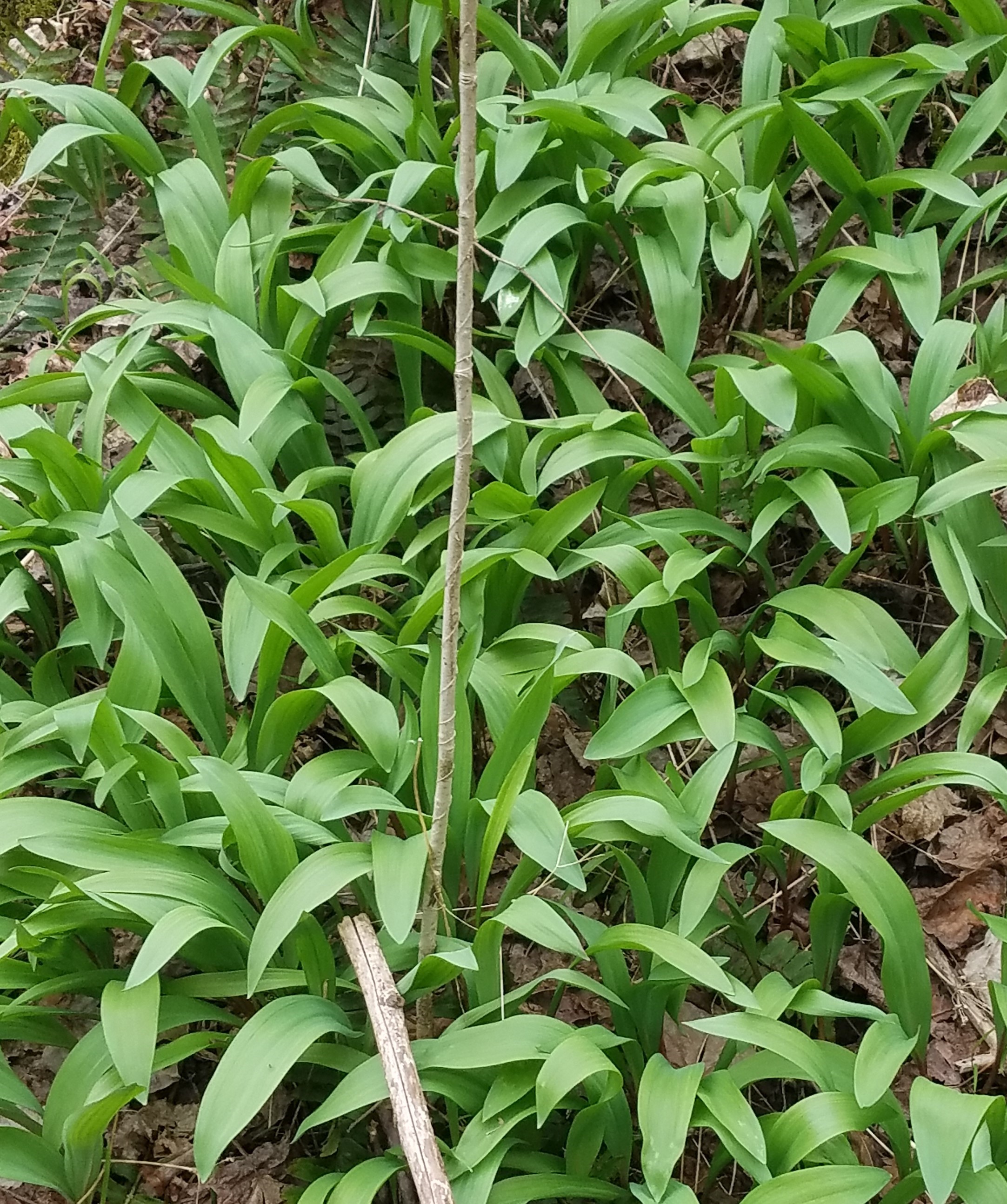Providing information to help you live a Simple Country Life and be as self-sufficient as possible.
Sumac
This beautiful Sumac shrub grows in several places on our farm. This summer I introduced Joe to the sour taste of the berries. He loved it. They are really an amazing fruit. I have enjoyed making Indian lemonade for my boys for years. We actually called it “Papoose juice” because I made it for my little Papoose. I was amazed at how useful the entire plant is. Sumac has been used for thousands of years for its health benefits, as a cooking spice, a tannin for leather, a beverage and this is not all of its uses. One of the earliest documented publication including information on sumac as a medicine was written between 50 and 70 AD by Pdanius Dioscorides, a Greek physician in the Roman Army. In 1970, an 11th century ship was recovered off the island of Rhodes Greece that had containers of sumac drupes being shipped to be used for spices and medicine. I found an article written in 1918 by the Bureau of Chemistry in Washington DC that discussed the importance of “American Sumac as a valuable tanning material and dyestuff.” The article explained that more than 10,000,000 pounds of sumac was used for tanning with most of it being imported from Sicily. It explained that there was an abundant supply here and that there was the potential of developing a profited Sumac industry in the United States. It stressed that with the proper training for collecting and processing the Sumac here that it was just as superior as the imported product. My conclusion from this article was, it stressed the desire to use the resources we have here in the states rather than importing the product to bring jobs to America citizens. “sound familiar”?

What is
Sumac...
Sumac is a shrub belonging to the cashew family according to Wikipedia. There are several different species but what we have on the farm is staghorn sumac and the smooth sumac. With Staghorn the branches and leaves grow upright and resemble the antlers of deer and it is covered with a fine hair that remind you of deer antlers when they are in velvet. They can grow from 3 feet to 32 feet tall and they have a fruit that forms a cluster of reddish drupes called sumac bobs. They spread by seed and new shoots. They thrive in dry areas and they can cover an area fairly quickly. The word sumac can be traced to mediaeval times and generally means red.

As a
Medicine...
As I mentioned one of the earliest documented publications including information on sumac as a medicine was written between 50 and 70 AD by Pdanius Dioscorides, a Greek physician in the Roman Army. Native Americans used Sumac to treat sore throat, a remedy for diarrhea and a poultice made from the berries sooths poison ivy.
The bark or leaves are astringent or antiseptic that can be used to stop bleeding and a poultice to help with drawing out infection. The bark and leaves can be chewed for sore gums and rubbed on sore lips. There have been studies done on the antioxidant capacity, the use as a Glycemic Control and lowering Cholesterol levels and the benefits for the cardiovascular system. Sumac contains Vitamin C, tannin, malic acid, vitamins and proteins. It is actually considered a super food.
Dye for cloth...
I have a great interest in fiber art. I am a spinner and a weaver. These are crafts I picked up while working at Prickett’s Fort State Park, so I am very interested in traditional methods. I have worked a lot with wool, mohair and linen. I have participated in natural dying and have known first hand that every dye bath has a mind of its own when using natural products. You can duplicate to some degree the color but the exact color is a wonderful mystery until you pull it out of the dye bath. Sumac has been used for years as a mordant with other natural fibers. A mordant is the chemical that fixes a dye to the fabric. When you add different mordant to your sumac dye bath you can achieve several different colors such as dark yellow, gray, black and burgundy. Each segment of the plant will produce a different color. The leaves a tan, the fruit bobs a light red, leaves a gray and the inner pith of Sumac branches a super bright yellow. You can pick and dry the plant for dying and it will keep for years as long as you keep it dry.
Food or Drink...
The berries of the sumac can be ground into a reddish, purple powder and used as a spice to add a lemon tangy taste to fish, turkey, salad and any other recipe that you desire a tangy flavor. The young branches can be chewed and used in cooking to season meat. Sumac is an essential spice in the Middle Eastern and Mediterranean cooking. There are numerous recipes for you try and you can purchase the spice already ground online at Amazon.
Indian Lemonade...
I mentioned earlier about making Indian Lemonade from Sumac berries. I pick the berries when they are full and red. Don’t pick them right after the rain they will not have as much flavor. Four or five heads then add this to about a gallon of cold water, then take a wooden spoon or a potato masher and mash the berries in the water to release more flavor, and let it sit for at least an hour to 12 hours (depends on how strong you want it). Pour the mixture through cheese cloth or coffee filter and let chill and drink. You can add sugar if you want but I’ve always liked it tart rather than sweet.
Let sit in water for and hour to 12 hours....

strain berries off....

Enjoy...

Other Sumac food items...
While reading I found a Navajo recipe for Chiilchin ( Red Sumac Berry Pudding) and even a couple places making Sumac Beer. There are lots of interesting things to try.
Used to Tan
Leather...
Sumac contains Tannin which is what is needed to tan or preserve leather. It has been used for tanning for thousands of years. The type of Tannin found in Sumac is Pyrogallols it leaves a sediment called “bloom” elegiac acid which makes it a durable water resistant leather. That is why it was largely used for bookbinding, furniture and shoe making. The leather is creamy or yellowish to light brown. I read that it takes 1 ½ to 2 pounds of leaves for every pound of hide. The process takes 2 to three months. Once the sumac is gathered and dried it can be stored for years before using. Just make sure to keep it dry. We can’t wait to try it this fall.
Wildlife food...
Sumac serves primarily as a winter emergency food for wildlife. Ring-necked pheasant, bobwhite quail, wild turkey, and about 300 species of songbirds include sumac fruit in their diet. It is also known to be important only in the winter diets of ruffed grouse and the sharp-tailed grouse. Fox squirrels and cottontail rabbits eat sumac bark. White-tail deer like the fruit and stems.
Landscaping...
Sumac also makes good ornamental plantings and hedges because of the brilliant red fall foliage. The size is also an attractive feature because it will not get too tall. Sumac grows well in poor soil and is effective in helping prevent erosion. There is however sap- consuming pests and a fungus that could destroy your plants.
Our natural treasures can be found everywhere!!!
Disclaimer: All material on this
site are provided for informational purposes only and should not be taken as a
substitute for professional medical or health advice.
my cup runneth over.....Psalm 23:4-6
How to identify Poison Sumac by WikiHow .
Remember the berries are White.
1. Look for a sparse shrub or tree
2. Watch for small plants with upward pointing leaves.
3. Look for double rows of leaves on each stem.
4. Recognize the leaf shape of poison sumac.
5. Learn the attributes of the leaf
6. Identify poison sumac flowers.
7. Identify the berries. (White)
8. In winter, look for white berries or empty berry stems.
9. Avoid grey bark found in poison sumac habitat

Recent Articles
-
Childrens story book Spencer The Pony is an exciting fun story
Oct 10, 23 05:40 PM
The childrens story book is about Spencer the Pony. He is our fun Miniature Horse. That is always getting into trouble with his adventures. -
Fried Green Tomatoes
Feb 20, 21 05:18 PM
Country cooking recipe for Fried Green Tomatoes. Simple easy to prepare favorite summer recipe. -
Ramps
Feb 20, 21 05:17 PM
How to crow ramps, cook with them and how they are used in history.

Visit our Facebook page



